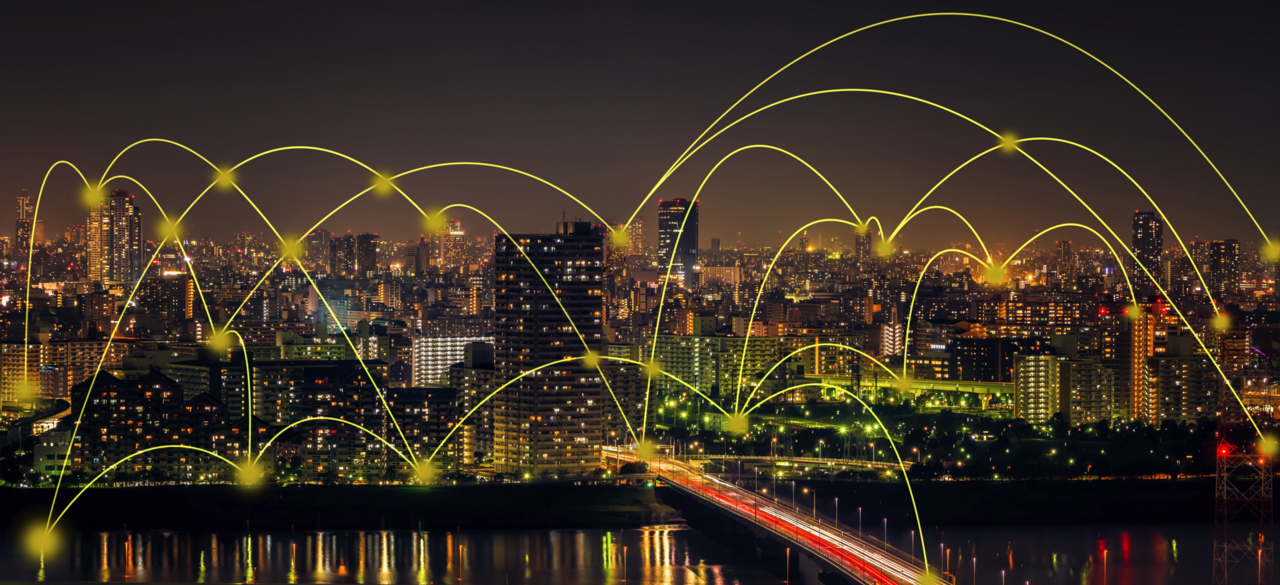
Monitoring and control
The monitoring and control of technical building systems is a central aspect of modern building management. With advanced technologies and integrated systems, efficiency can be increased, energy consumption optimized and operating costs reduced. The following is a detailed description of the main components and functions.
Components and functions
1. Real-time monitoring
Sensors and measuring devices: Numerous sensors and measuring devices are installed in a building that continuously record data on temperature, humidity, CO2 content, light intensity, energy consumption and other relevant parameters.
2. Central control
Building management system (BMS): The BMS forms the heart of the control system. It integrates various technical building systems such as heating, ventilation, air conditioning and lighting technology as well as security systems.
Automation: With the help of automation systems, the technical building systems can be automatically controlled and adjusted. For example, the heating system can be regulated based on the outside temperature and occupancy density.
3. Energy efficiency and optimization
Energy management systems (EMS): These systems analyze energy consumption and identify potential savings. Through integration with the BMS, optimization strategies can be implemented to reduce energy consumption.
4. Alarm and fault management
Alerting: Alarms are triggered in the event of deviations from defined target values or faults in the systems. These can be sent to the responsible persons via SMS or email via the EDL portal.
5. Visualization and reporting
Dashboards: Interactive dashboards provide a clear presentation of the data collected. Users can monitor various parameters in real time and analyze trends.
Reports: Automatically generated reports help to evaluate system efficiency and implement optimization measures. They also support documentation for certifications and audits.
6. Remote access and mobility
Web-based platforms: Web-based platforms allow users to access the monitoring and control systems from anywhere. This enables flexible and location-independent management of building technology systems.
Mobile apps: In addition, mobile apps offer a user-friendly way to receive alarms, view data and issue control commands.
Advantages
1. Cost savings
- Significant cost savings can be achieved by optimizing energy consumption and avoiding peak loads.
- Early detection and rectification of faults reduce expensive downtimes and repairs.
2. Energy efficiency
- Efficient use of energy sources and minimization of energy waste contribute to sustainability and environmental protection.
- The integration of renewable energies is facilitated and optimally utilized.
3. comfort and safety
- Precise control of air conditioning and lighting systems improves comfort for building users.
- Security and alarm systems increase the protection and safety of the building and its occupants.
4. compliance and certifications
- Well-documented energy management supports compliance with legal requirements and international standards.
Conclusion
Monitoring and controlling technical building systems is a complex but essential process for efficient and sustainable building management. Modern technologies and integrated systems offer extensive opportunities to optimize energy consumption, reduce costs and increase comfort and safety in buildings. With the right infrastructure and intelligent solutions, such as those offered by the EDL-Portal and the EDL-Box, these goals can be achieved effectively.

